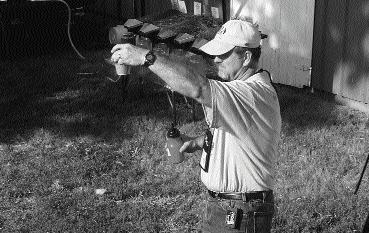No-Till Farmer
Get full access NOW to the most comprehensive, powerful and easy-to-use online resource for no-tillage practices. Just one good idea will pay for your subscription hundreds of times over.

Name: George P. “Bud” Davis
Location: Salina, Kan.
Title: Conservation Agronomist, Natural Resources Conservation Service
Number Of Years involved with No-Tilling: 10 (Provides Education And Counseling To Kansas No-Till Farmers)
No-Tilled Crops: Wheat, Corn, Soybeans, Milo, Sunflowers, Cover Crops
A good no-tiller is apt to be a patient person. In Kansas, that virtue has been tested to the extreme as we work our way through one of the worst droughts of the past 75 years.
But I’m optimistic that we will see a big boost in production under our no-till systems once we get back to years of normal precipitation. I say that with confidence because we’re learning much about the tremendous healing power of long-term no-till on soils across our entire state.
Prior to the drought, no-till grain sorghum (milo) yielded just as well in western Kansas counties that were getting only 15 to 18-inches of precipitation as in eastern counties that were receiving 36 inches of moisture. And farmers who never grew soybeans in western Kansas until they started no-tilling were making money on soybeans even during the drought.
No-till acres grew in the early ‘90s in reaction to pressure to meet conservation compliance regulations. After talking with people like Dwayne Beck at the Dakota Lakes Research Farm in Pierre, S.D., it seemed obvious that no-till education would play a big role in the whole transition. Many of my efforts since that time have been to encourage a systems approach to no-till farming that focuses…